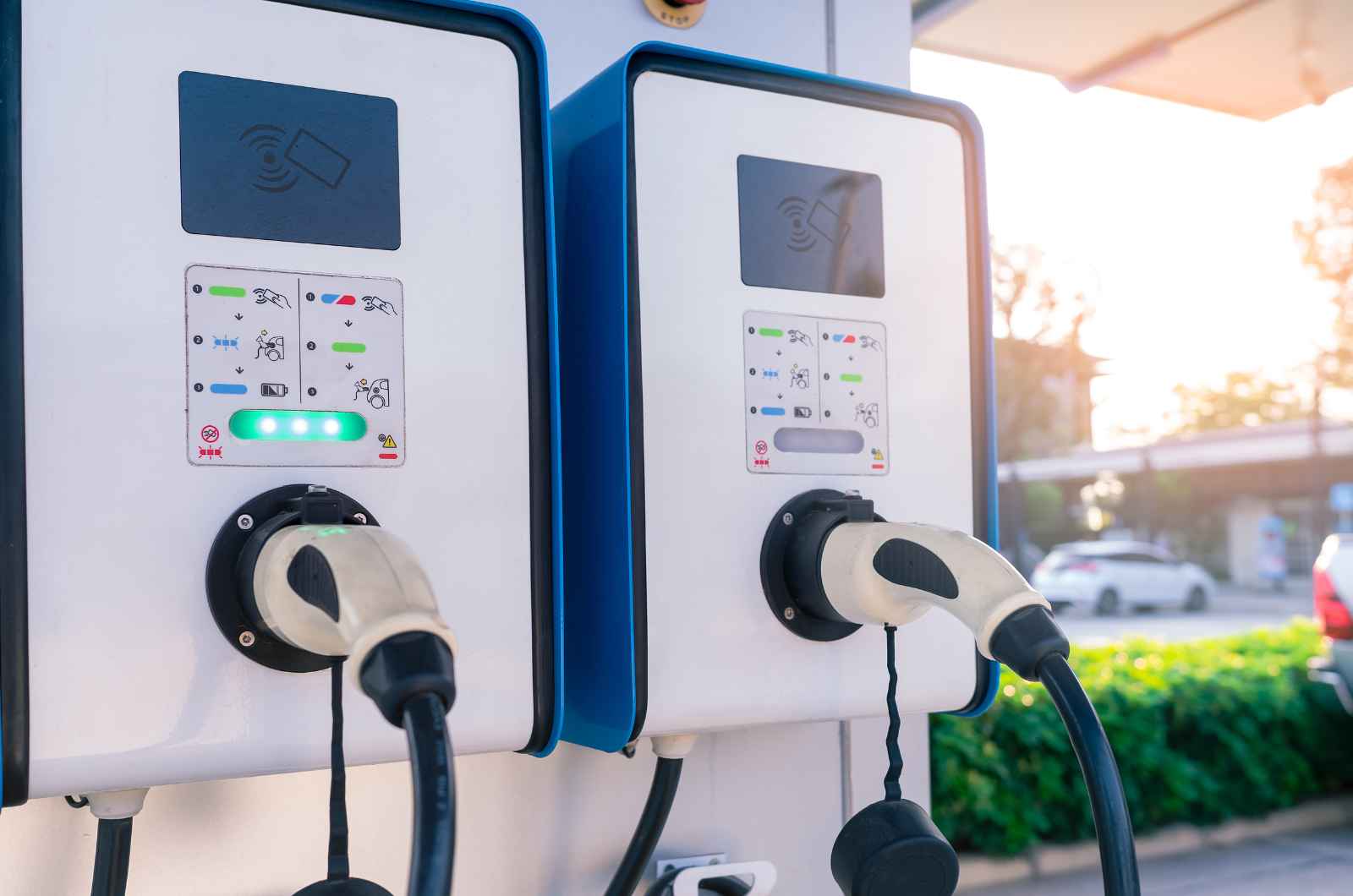As we witness a skyrocketing rise in electric vehicles taking the roads, significant questions are emerging around the practicality and efficiency of charging infrastructure. Can we keep up, or better yet, optimize the process?
Imagine this – a world where high-demand for electric vehicle charging doesn’t overwhelm the grid. Instead, the load is balanced, and electricity distribution is maximized. Yes, it may seem like a utopian scenario. But what if we told you it’s a possible reality? The key lies in an innovative concept known as load sharing ev chargers. Intrigued? This intriguing topic of load balancing, its importance in optimizing charging efficiency, and the role of load sharing EV chargers pave the path for a future-ready electric vehicle charging ecosystem.
As the global paradigm swiftly shifts towards sustainable solutions, the adoption of electric vehicles (EVs) is surging at an unprecedented pace. many countries acknowledge the need to transition from conventional fossil fuel-powered vehicles to more eco-friendly alternatives. However, as we embrace this eco-friendly revolution, a critical question arises: How will the already strained power grid manage the increased charging demand of EVs? The answer lies in the concept called “load balancing”.
Load balancing is an intelligent response to address the strain on the power grid and enhance the efficiency of EV charging. In this post, we will delve into the principles of load balancing, the potential of load sharing EV chargers, their advantages, and the challenges that we must address to fully harness their potential. Our focus will be on achieving a sustainable future through smart, efficient, and cost-effective EV charging solutions.
Understanding Electric Vehicle Load Balancing
The increasing demand of electric vehicles (EVs) greatly affects the power grid due to escalating charging activities. As more households and companies adopt electric vehicles, the concern over grid stability and power usage optimization becomes more significant. This is where electric vehicle load balancing steps in as an efficient solution, making the endeavor of charging electric vehicles easier without overloading the grid.
Load balancing revolves around the idea of smartly distributing electrical power among multiple charging points. The purpose of such an approach is to balance the load on the power grid and prevent any potential overloads. By doing so, electricity distribution is regulated, optimizing the charging process of multiple EVs simultaneously.
Furthermore, smart charging plays an integral role in load balancing. Consisting of advanced systems that can alter the charging rate or time based on several factors, smart charging can help in load balancing the grid during peak hours, thereby adding an extra layer of efficiency.
Consequently, as we move forward in the era of electric vehicles, load balancing will play a pivotal role in addressing the growing charging demand. It is not only critical to sustaining the grid but also essential in maximizing the efficiency of EV charging infrastructure.
Load Sharing EV Chargers
In the electric vehicle (EV) landscape, load sharing EV chargers have emerged as a promising innovation. They are technically evolved chargers designed to proportionately distribute available electric load amongst multiple charging points. Unlike conventional chargers which require fixed power distribution for each point, these sophisticated chargers dynamically allocate power depending on the charging requirements of the connected EVs.
The mechanism of load sharing EV chargers is engineered to strike a perfect balance between charging requirements and available power supply, thereby optimizing charging efficiency while ensuring grid stability. For instance, if four EVs are connected to a load sharing system with a 100kW capacity, and one of the cars completes its charging early, the liberated power gets proportionately redistributed amongst the remaining three. This ensures faster and augmented charging without overburdening the grid.
Real-world implementation of load sharing EV chargers can be observed in various EV charging stations. Their adoption is gradually climbing the ladder given the increasing influx of EVs. Looking into the future, load sharing EV chargers bear substantial potential to upscale EV charging infrastructure, impeccably catering to the burgeoning demands of the global EV market.

What Are The Advantages of Load Sharing EV Chargers?
Load sharing EV chargers stand as a beacon to the future of electric vehicles. They offer an array of advantages that stand to benefit both the infrastructure and the use of electric vehicles. One such benefit is the capability to increase charging speed while minimizing charging time. By distributing power among multiple chargers, an efficient and speedy recharge can be achieved, a factor that largely appeals to electric vehicle owners.
This technology also reduces overall costs and bets on optimized energy utilization. By intelligently distributing power where it’s needed, load sharing gives a more efficient energy use and subsequently lowers the energy cost.
Grid stability and greener energy
The benefits of load sharing EV chargers extend beyond the direct users. By distributing the load, these chargers lessen the strain on the power grid and enhance stability. Furthermore, they present an adaptable and scalable solution, crucial when considering the expected growth of the electric vehicle market in the future.
Lastly, these chargers have a role to play in environmental conservation. Maximizing the use of renewable energy sources in charging, they foster a greener and more sustainable mode of transport, discussed in detail under ‘Understanding Electric Vehicle Load Balancing’ section.
Load sharing EV chargers stand as indispensable tools in the electric vehicle charging infrastructure’s future. With the potential to drastically enhance efficiency and scalability, it beckons users to consider these chargers as a viable option. The future holds immense possibilities for overcoming the identified challenges and limitations in the future.




